National Aquaculture Technology and Innovation Hub to boost sustainable practices, create jobs and position UK as innovation leader
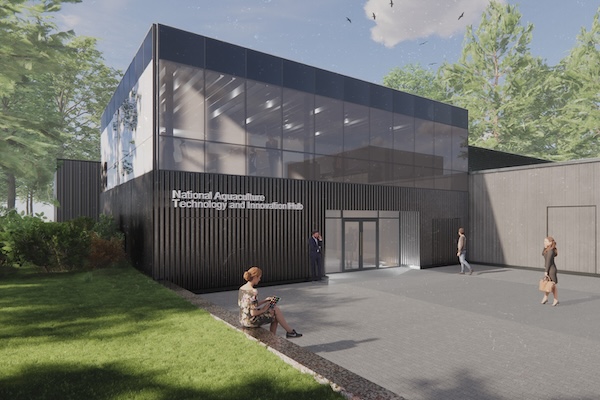
The University of Stirling is launching a new aquaculture research facility to boost productivity, improve sustainability and create jobs.
The National Aquaculture Technology and Innovation Hub (NATIH) celebrated a milestone with a ceremonial steel signing, marking the final phase of construction for the state-of-the-art center.
Supported by a £17 million (U.S. $22 million) investment from the UK Government through the Stirling and Clackmannanshire City Region Deal, along with a £1 million (U.S. $1.3 million) grant from the Wolfson Foundation, the NATIH is set to position the UK as a global leader in sustainable aquaculture innovation. Fully integrated with the University’s Institute of Aquaculture, the facility will join an extensive network of research hubs, including marine and freshwater centres in Kintyre and Buckieburn, when it opens next year.
“The new NATIH will create the UK’s leading innovation community for sustainable aquatic food production, and position UK innovation and productivity at the forefront of one of the world’s fastest-growing sectors,” said Professor Sir Gerry McCormac, Principal and Vice-Chancellor of the University of Stirling. “The facility is also the catalyst for the creation of a range of high value, skilled jobs and training opportunities in the blue economy space.”
The Stirling and Clackmannanshire City Region Deal represents a transformative £90.2 million (U.S. $117 million) investment by the UK and Scottish governments to fuel inclusive economic growth through advancements in innovation and infrastructure across the region. With additional contributions from regional partners – including Clackmannanshire Council, Stirling Council and the University of Stirling – the total investment will reach over £214 million (U.S. $278 million), to be rolled out over the next 10 to 15 years. This strategic partnership is expected to drive long-term prosperity and establish the region as a hub for cutting-edge research and sustainable development.
“Our vision is to tackle global problems of food security, hunger and sustainability through aquaculture,” said Professor Simon MacKenzie, Head of the Institute of Aquaculture. “The new NATIH will help us build on our international reputation for world-class research, teaching, technological innovation and consultancy in aquaculture, supporting growth in the production of aquatic food for human consumption, contributing to global food security while reducing the impact on natural resources.”
Now that you've reached the end of the article ...
… please consider supporting GSA’s mission to advance responsible seafood practices through education, advocacy and third-party assurances. The Advocate aims to document the evolution of responsible seafood practices and share the expansive knowledge of our vast network of contributors.
By becoming a Global Seafood Alliance member, you’re ensuring that all of the pre-competitive work we do through member benefits, resources and events can continue. Individual membership costs just $50 a year.
Not a GSA member? Join us.
Author
-
Responsible Seafood Advocate
[103,114,111,46,100,111,111,102,97,101,115,108,97,98,111,108,103,64,114,111,116,105,100,101]
Tagged With
Related Posts
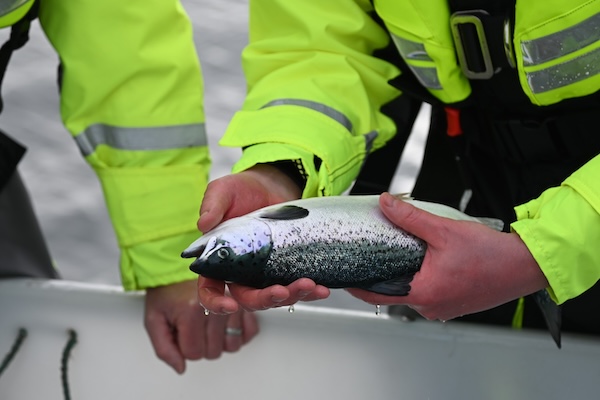
Health & Welfare
Investments in fish health and welfare drive record survival rates for Scottish salmon
New data reveals investments in fish health and welfare since 2018 have led to record-high survival rates for Scottish salmon.
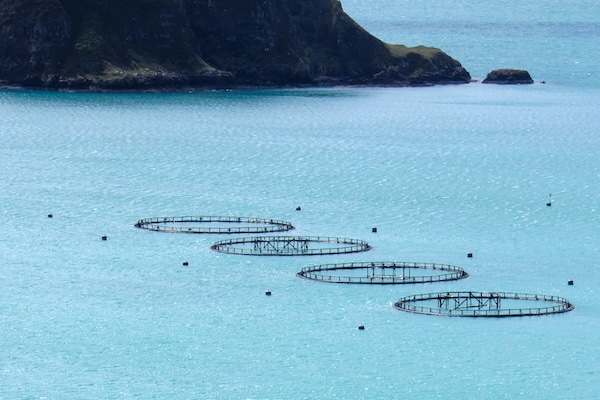
Innovation & Investment
Can environmental DNA transform seabed monitoring in Scottish salmon farms?
New environmental DNA method may enable faster, cheaper seabed monitoring, shifting how salmon farms and regulators assess ecological impact.
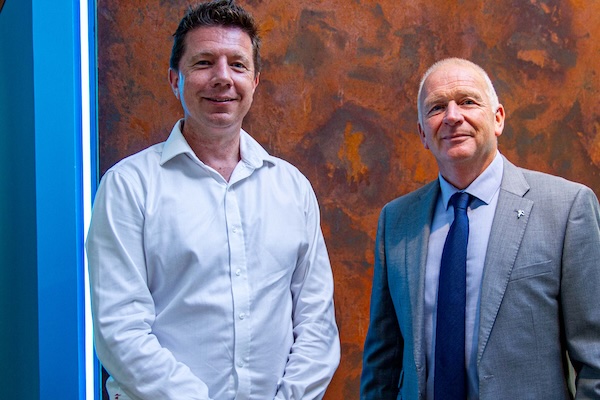
Innovation & Investment
Ace Aquatec wins Michelin grant to fuel aquaculture growth and innovation
Ace Aquatec has received a grant from Michelin Development to fuel the growth and development of the aquaculture industry.
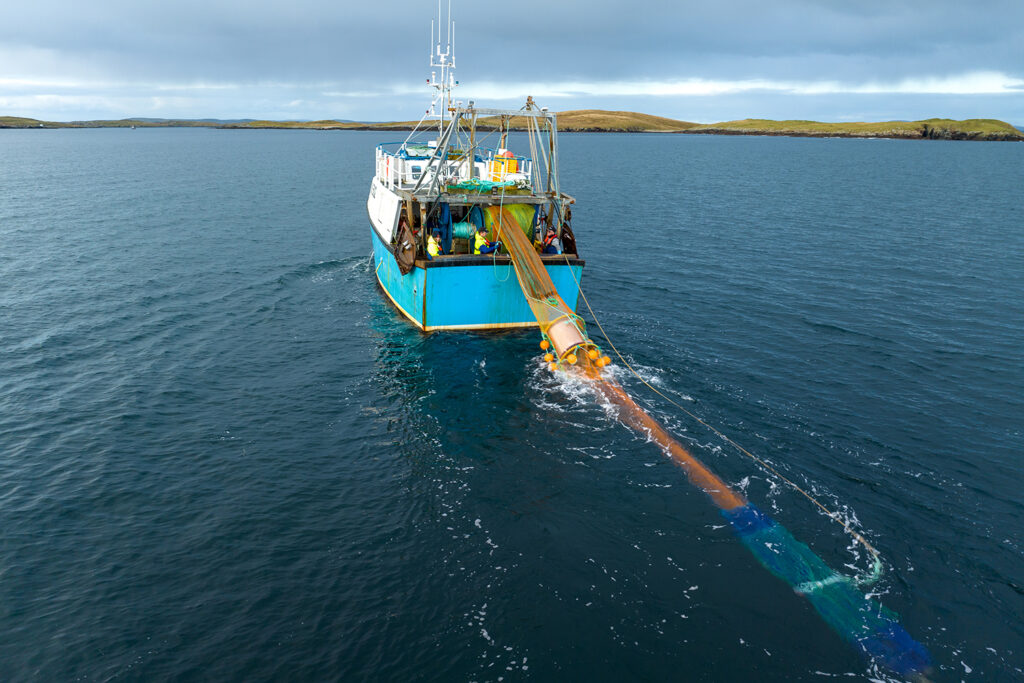
Fisheries
The AI tool that aims to make bottom trawling smarter and prevent bycatch and discards
Smartrawl employs AI-enabled cameras and innovative gate hardware on fishing nets to enable bottom trawlers to sort fish, reducing bycatch.



